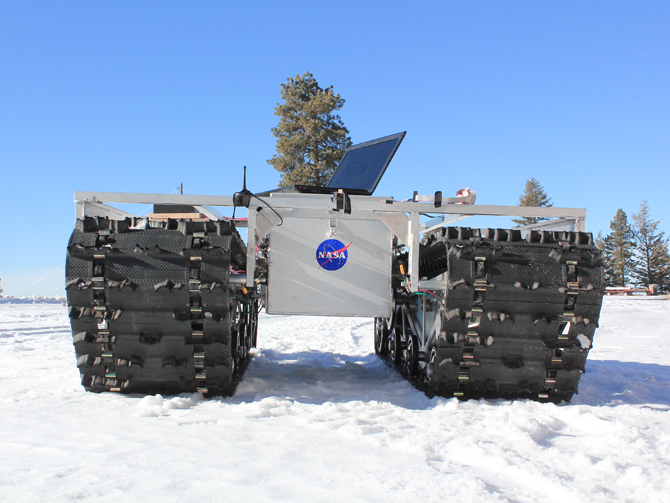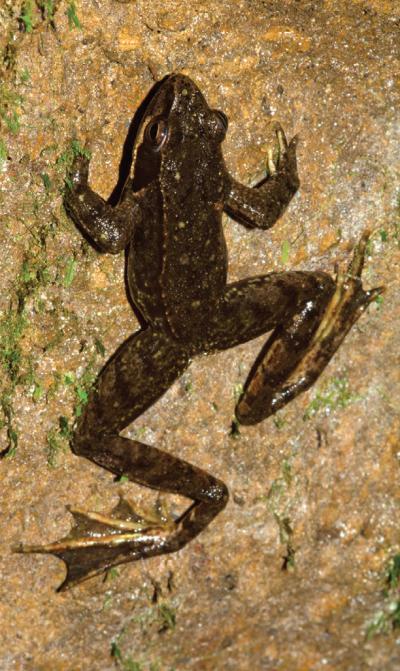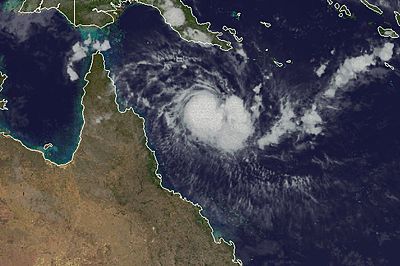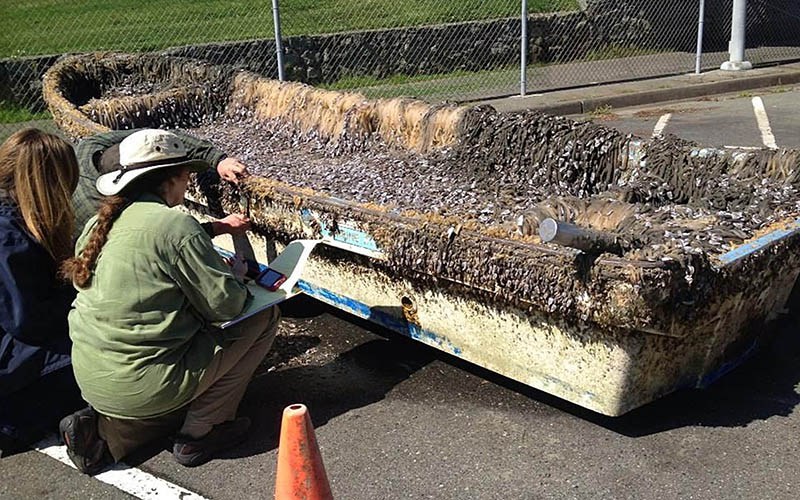Best Earth Images of the Week May 3, 2013

A mission close to home

NASA's newest rover won't be exploring another planet, but will take a look at part of our own. Named Grover (short for Goddard Remotely Operated Vehicle for Exploration and Research), the rover will explore Greenland's ice sheets to better understand how they form, and how quickly they may be melting.
The device is solar-powered and semi-autonomous, and will embark on its first mission beginning tomorrow (May 3), and continuing until June 8. It was developed from 2010-2011 by teams of students in summer engineering boot camps at Goddard Space Flight Center in Maryland, according to a release from NASA.
[Full Story: NASA Rover to Explore ... Greenland]
Truly underground

The Iberian frog, like most of its hopping ilk, is commonly found aboveground, dwelling among the streams of Portugal and Spain. But new research shows the animals can, and do, make a living underground.
The study found that Iberian frogs can breed and live their entire lives in cavelike chambers, the first time this has been seen for a frog in Western Europe. The creatures were observed breeding in underground drainage compartments built beneath Portugal's Serra da Estrela Natural Park; aboveground the animals are also found in "small ponds, humid meadows and soaked fields," the authors wrote in a study.
[Full Story: Frog Surprisingly Found to Live Underground]
Cold snap

Alaska's frigid winter refuses to release its grip on America's northernmost state.
In interior Alaska yesterday and today (May 1), residents hauled out handheld ice scrapers to excavate cars and trucks blanketed by a late-season snowstorm. The National Weather Service said 6 to 10 inches (15 to 25 centimeters) of snow fell between Monday and Wednesday in the Fairbanks region.
[Full Story: Snowy Spring Snaps Records Across US]
THAT's how they did that

So-called zombie worms and yes, they actually exist like to munch on whale bones for dinner. The creatures also use the bones for shelter. Spread throughout the world's oceans, zombie worms are quite adept at making the bones of whales and other large marine animals look like Swiss cheese.
But these worms don't have any mouthparts with which to gnaw the holes. So how do they do it? A study published in the May 1 online edition of the journal Proceedings of the Royal Society B found that rather than being "bone-drilling" worms, they're actually "bone-dissolving" worms: The worms' skin produces acid in large quantities to break down bones.
[Full Story: Zombie Worms Drill Whale Bones with Acid ]
Look out down under

Tropical Cyclone Zane formed in the Coral Sea to the northeast of Queensland on Monday and quickly strengthened during the next 24 hours.
Zane currently has tropical storm-force sustained winds but is expected to strengthen further as it approaches the Cape York Peninsula of Queensland Tuesday night into Wednesday.
[Full Story: Tropical Cyclone Zane Aims for Australia]
An end to a long journey

A small skiff recently washed ashore near Crescent City, Calif. But this was no ordinary ship it floated there all the way from Japan, dislodged from its native land more than 25 months ago by a monster tsunami, government scientists have confirmed.
It's the first confirmed piece of debris to wash up in the state of California from the T?hoku earthquake and tsunami that hit Japan on March 11, 2011, according to the National Oceanic and Atmospheric Administration (NOAA).
[Full Story: Japan Tsunami Debris Confirmed in California]
Get the world’s most fascinating discoveries delivered straight to your inbox.



